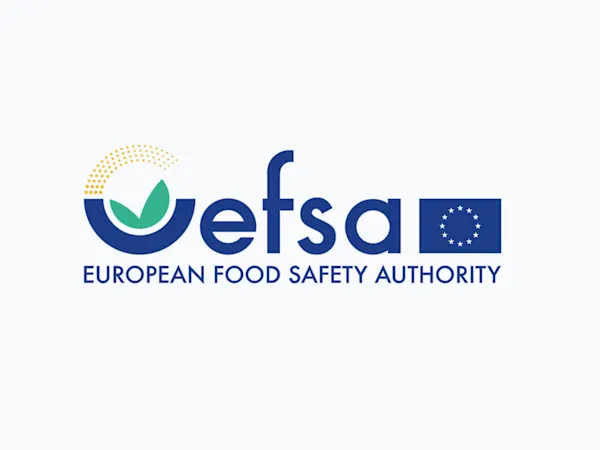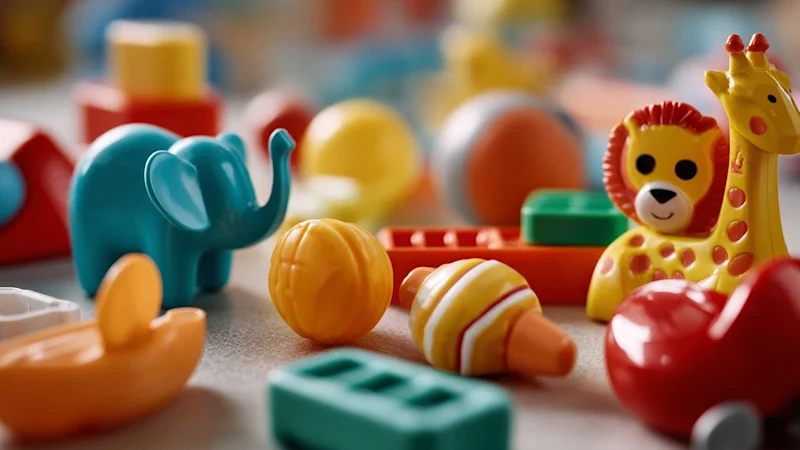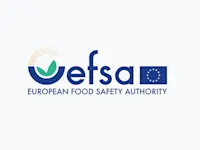
EFSA Seeks Feedback on Overhaul of Weight of Evidence and Biological Relevance Guidance
EFSA launches consultation on updating its Weight of Evidence and Biological Relevance guidance, aiming to streamline chemical risk assessment practices.


The European Commission has published a draft directive amending the Toy Safety Directive (2009/48/EC) to restrict the use of cobalt in toys. The amendment, now open for feedback until 8 September 2025, is designed to limit children’s exposure to this carcinogenic, mutagenic, and reprotoxic (CMR) substance. The update reflects the latest scientific risk assessments and has direct implications for manufacturers, importers, and other stakeholders in the toy supply chain across the European Economic Area.
Cobalt and its salts—such as cobalt sulfate and cobalt dichloride—are classified under EU law as carcinogen category 1B, mutagen category 2, and toxic for reproduction category 1B. Despite its functional roles in electro-conductive components, pigments, and batteries, the updated directive proposes limiting cobalt use due to potential exposure through inhalation, dermal contact, and ingestion, especially in children’s products.
Scientific evaluations have shown that cobalt can be found in toy components like nickel alloys, model railway tracks, fidget spinners, and children’s cosmetics—often either intentionally added or as an impurity in nickel.
The Commission proposes allowing cobalt in specific toy applications only where safe use can be demonstrated. These include:
In contrast, cobalt in 3-D printing materials, powder-like toys, inks, and children’s cosmetics will not be permitted, due to unresolved exposure risks and insufficient safety data.
Manufacturers must also consider that evaluations found the analysis of alternatives incomplete for several use cases—an important gap for firms relying on cobalt-containing materials. However, for approved applications, no suitable alternatives were identified, thus permitting continued use with strict limitations.
The draft is currently undergoing public consultation, and affected stakeholders—including toy designers, component suppliers, and regulatory professionals—are encouraged to submit feedback via the EU Commission’s portal by 8 September 2025.
Once adopted, EU Member States will have six months to transpose the Directive into national law, with application set for seven months after its publication in the Official Journal.
Foresight continuously tracks 1000s of sources and maps updates to your portfolio:




EFSA launches consultation on updating its Weight of Evidence and Biological Relevance guidance, aiming to streamline chemical risk assessment practices.

Germany's CONMAR-Impact study sets new environmental quality standards for TNT in marine ecosystems, raising industry-wide compliance questions.

Illinois will prohibit nonbiodegradable plastic glitter in personal care products by 2029, impacting manufacturers, retailers, and regulators alike.
Subscribe to Foresight Weekly and get the latest insights on regulatory changes affecting chemical compliance.
Free forever. Unsubscribe anytime.
Read by professionals at